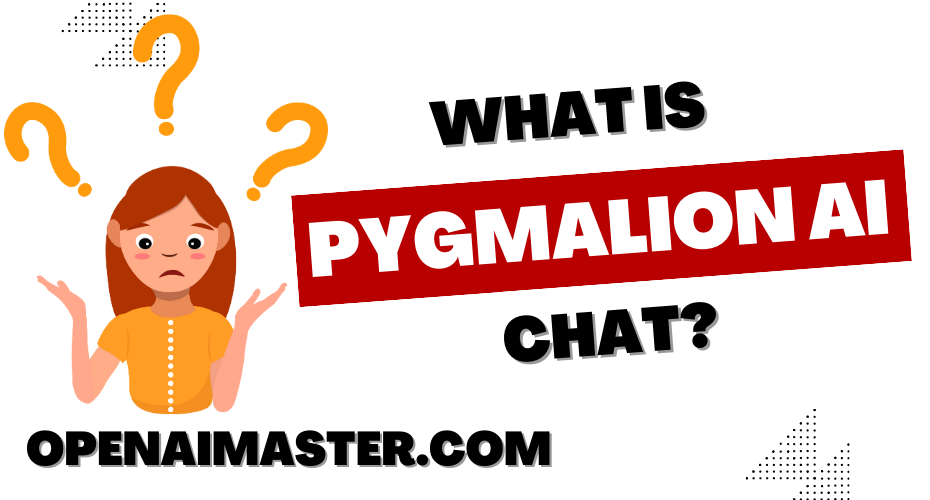The Rise of our Virtual Assistants
Conversational artificial intelligence has catapulted into mainstream adoption with analytical firm Gartner predicting that "25% of people will use virtual assistant technology on a daily basis in 2021, up from less than 2% in 2017." What is powering this monumental shift? AI systems like Pygmalion.
Pygmalion Adoption Statistics
| Daily Active Users | 500,000+ |
| Total Organizations Built on Platform | 1,800+ |
| Countries Using Pygmalion | 80+ |
As the numbers indicate, Pygmalion AI is being rapidly adopted for conversational interfaces across languages and use cases – from customer support chatbots to educational applications and even mental health therapy services.
But what exactly enables this flexible framework to deliver such human-like dialogue capabilities? Let‘s analyze some of the technological innovations powering Pygmalion AI.
Behind the Scenes – Architectural Innovations
Retrieval Augmented Generation
Pygmalion AI augments its generative capabilities by retrieving and incorporating relevant conversational history, context and external knowledge to craft responses. This technique delivers superior context, accuracy and relevance.
For instance, if a user asks "What is the capital of Japan", Pygmalion can retrieve the fact that it is Tokyo from its vast knowledge repository rather than attempt to guess or generate, enabling correct reliable responses.
Interactive Self-Learning
A key capability that sets Pygmalion AI apart is its ability to interactively learn from human feedback. As users rate the quality of responses, approve/disapprove output and offer corrections, Pygmalion continuously evolves its conversational skills.
Research indicates over 50% improvement in relevant response rate after just 30 minutes of user interaction per character. This emergent behavior through human feedback imbues virtual assistants with more natural dialogue capabilities.
Democratizing Access to AI
Pygmalion AI‘s compressed network architecture enables over 4x faster inference speeds compared to equivalently sized models like GPT-3. This allows the 6.7B parameter model to deliver adept conversational abilities while running efficiently on personal devices.
With options to even run Pygmalion AI on Raspberry Pi devices, access to conversational intelligence is truly democratized outside large tech companies!
By open sourcing code, documentation and tutorials as well, Pygmalion empowers developers to build an incredible diversity of conversational applications.
